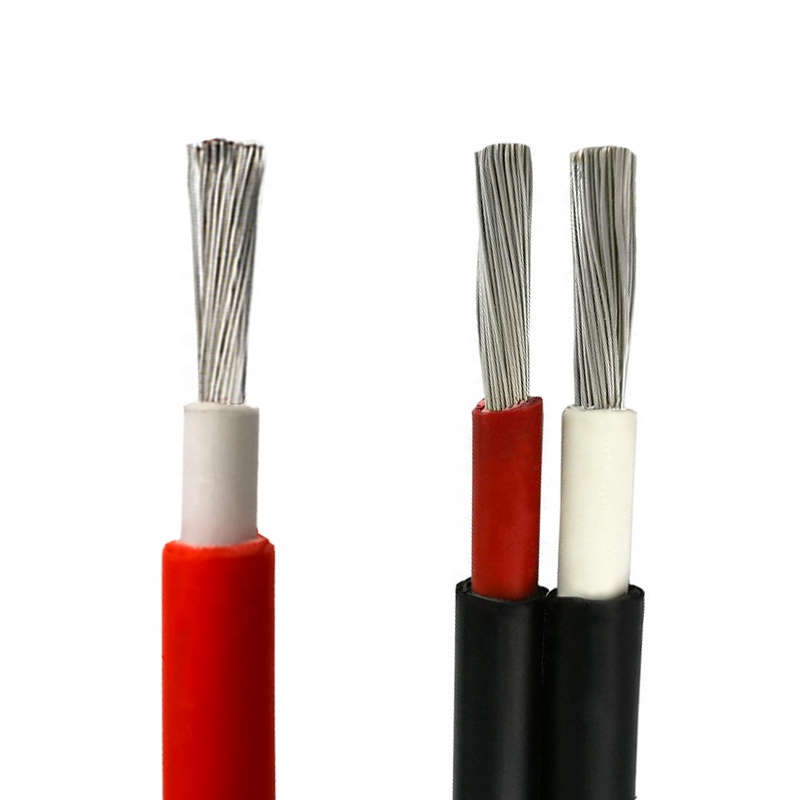 Author: Joey Wan
Author: Joey Wan  August 04,2022
August 04,2022
For photovoltaic applications, materials for outdoor use should be based on UV, ozone, severe temperature changes and chemical attack. The use of low-grade materials under such environmental stresses will result in brittle cable jackets and even break down the cable insulation. All of these conditions directly increase the loss of the cable system, as well as the risk of short-circuiting the cable and, in the medium to long term, the possibility of fire or personal injury.

The solar cable is an electron beam cross-link cable, rated at 120°C, which can withstand harsh weather conditions and mechanical shock in the equipment it belongs to. According to the international standard IEC216, JZD cable solar cable, in outdoor environment, its service life is 8 times that of rubber cable and 32 times that of PVC cable. These cables and components not only have the best weather resistance, UV resistance and ozone resistance, but also withstand a wider range of temperature changes (eg from –40°C to 125°C).
To deal with the potential hazards caused by high temperatures, manufacturers tend to use double-insulated rubber-jacketed cables. However, standard versions of these cables are only permitted for use in environments with a maximum operating temperature of 60°C. In Europe, the temperature that can be measured on the roof is as high as 100°C.
JZD cable solar cables are rated at 120°C (20,000 hours of use). This rating equates to 18 years of use at a continuous temperature of 90°C; it will last longer at temperatures below 90°C. Generally, the service life of solar equipment is required to reach more than 20 to 30 years.
For these reasons, the use of dedicated solar cables and components in solar energy systems is highly desirable.
